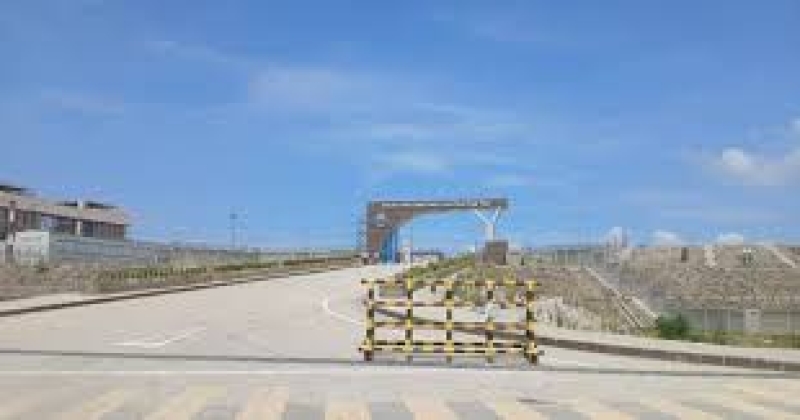- Earthquakes & repeated aftershocks in Dhaka raises concerns |
- Khaleda admitted to Evercare Hospital for health check-up |
- Dhaka records unhealthy air quality on Sunday morning |
- Govt letter to EC to hold election, referendum on same day |
- COP30 boosts funding for at-risk nations but avoids firm fossil fuel terms |
Moheshkhali-Matarbari: Bangladesh’s Blue Economy Hub

Bangladesh is focusing on the Bay of Bengal as the gateway to a new era of economic growth.
Through an ambitious 30-year development plan, the government aims to transform the coastal region of Moheshkhali-Matarbari into a global hub for the blue economy -an economic model based on sustainable use of ocean resources for growth and jobs.
The Moheshkhali Integrated Development Authority (MIDA), a newly formed body, is leading this transformation.
The plan includes the development of a deep-sea port, integrated energy facilities, transport infrastructure, and industrial zones - designed to position the region as a strategic maritime and energy gateway for South and Southeast Asia.
According to MIDA, the project will attract an estimated US$ 60-65 billion in investment over three decades. In return, it is expected to contribute as much as US$150 billion to the national GDP and create around 2.5 million jobs by 2055.
The project will be implemented in three phases: 2025-2030, 2030-2045, and 2045-2055.
"This is more than just a port project," said Chief Adviser Professor Muhammad Yunus during a recent presentation of the master plan.
"The sea will be our highway to the world. We must build a city that is driven by the principles of the blue economy-sustainable, inclusive, and globally connected," he said.
At the heart of the initiative is the Matarbari deep-sea port, which is expected to be operational by 2026-2027. Once completed, it will become Bangladesh's most advanced maritime facility, with the capacity to handle large international container ships. The port will be connected to national and regional markets through modern highways.
In parallel, Moheshkhali is being developed as a national energy hub, with infrastructure for LNG, LPG, oil storage, and power generation already under construction. A 1,200-megawatt coal-fired power plant is operational, with more renewable energy options being explored to align with sustainability goals.
The broader vision includes establishing research and training centres focused on oceanography, marine biotechnology, and sustainable fisheries.
Plans are also underway for eco-tourism zones, coastal conservation programmes, and smart urban planning that integrates environmental protection with economic growth.
Experts see the region as a potential "new Chattogram" and even envision a city that could rival international hubs like Singapore or Shanghai - serving as a logistics and energy bridge to landlocked South Asian countries such as Nepal and Bhutan.
Local communities have expressed cautious optimism. "If implemented properly, this project can change our lives," said Syed Noor, a Moheshkhali resident. "We hope it brings jobs, education, and better living standards."
Jamal Miah of Matarbari under Moheshkhali upazila said the project will pave ways to create job opportunities for local people, whereas there are very limited scopes of works in the area right now.
"Industries and factories will be established there, which will contribute to the country's economy too," he said.
As the first large-scale coastal urban and industrial project fully based on the blue economy framework in Bangladesh, the Moheshkhali-Matarbari development could redefine the country's relationship with the sea-transforming it from a geographical boundary into an engine of opportunity, according to experts, reports BSS.

